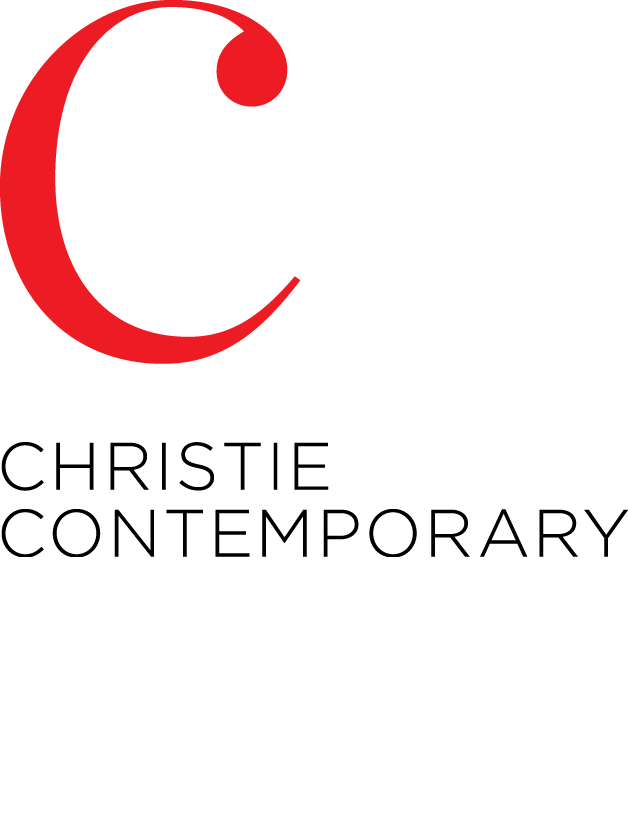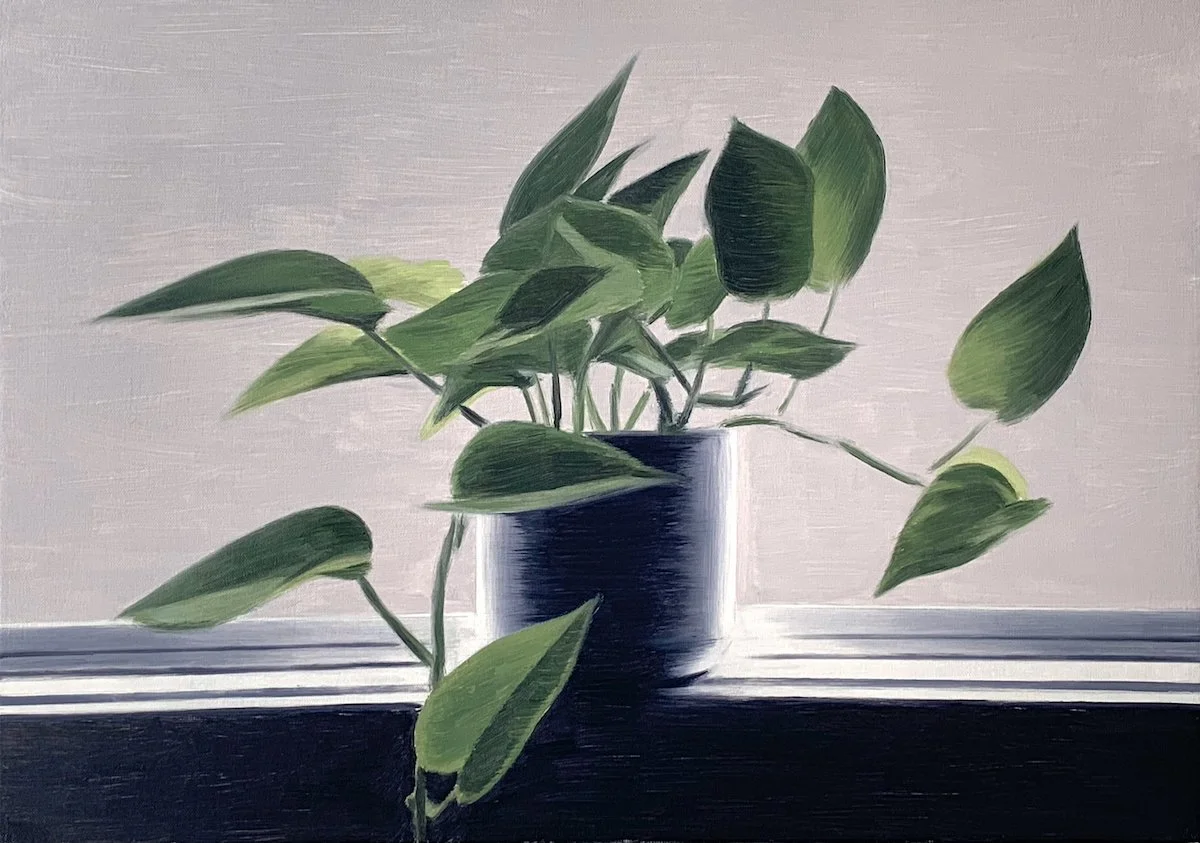This series was initially formed by four paintings, each based on an anecdotal photograph of a solitary house plant, situated on an otherwise empty window ledge, shot at a particular time of day or night: afternoon, evening, midnight, and morning. The plant functions as a type of perceptual prop, an armature to register the dramatic interplay of light and shadow over the four distinct intervals. Through his approach to facture, Ostoff deliberately built up each painting through layers of translucent pigment, in ostensibly realistic but slightly exaggerated colours, while selectively removing certain details. This process effectively diminishes the specificity of the photographic source image, while retaining its pictorial trace, thereby defamiliarizing the prosaic nature of these otherwise homely scenes, and subtly destabilizing the seeming verity with which each painting would appear to depict its designated temporal juncture. Ostoff then made second versions of each of the four initial paintings. These subsequent versions are not exact replicas; rather, within each one, there is a more pronounced shift in colour, size and tone, further differentiating them from the originals, enveloped now within a more dynamically amorphous sense of duration, one that is intrinsic to both the nature of memory, and to painterly practice itself: at once elastic, recursive, and potentially without end.


